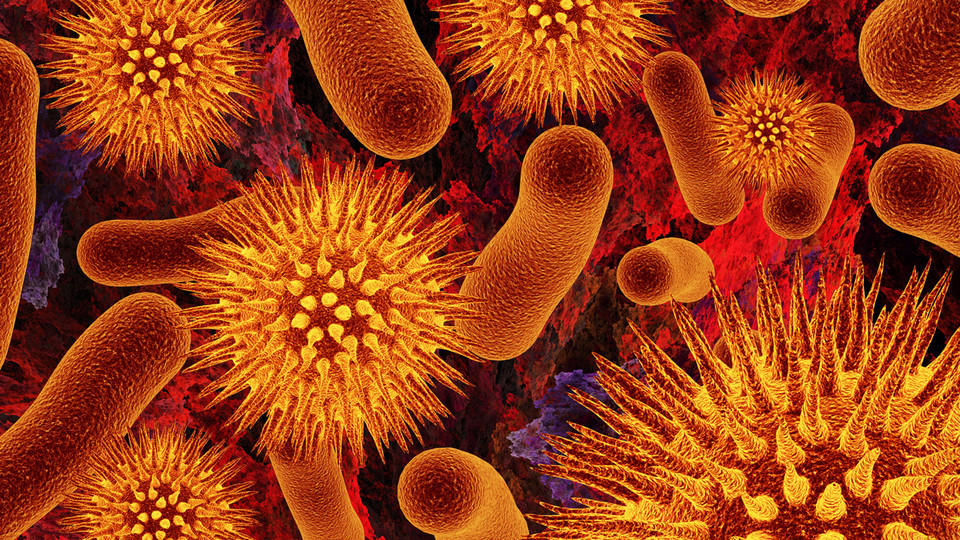¿De qué se alimenta una bacteria?
Bacteria are single-celled microorganisms that are found in virtually every environment on Earth. Bacteria are classified as prokaryotes, which are organisms that have no nuclear membrane or other organelles within their cells. Although most bacteria are harmless, some can cause serious illnesses in humans, animals, and plants.
The term «bacteria» comes from the Greek word βακτήριον (bakterion), meaning «staff, cane, or rod», because early scientists observed these microscopic organisms in the shape of rods. The plural form of bacteria is bacterium in Latin and bacteria in Greek.
Bacteria are incredibly diverse, with over 10 million different species! Although they are small, bacteria play an important role in many earth processes. For example, bacteria help to decompose organic matter, cycle nutrients, and fix nitrogen. Bacteria are also essential for the production of food and other products we rely on, such as cheese, yogurt, and bread. Some bacteria even have the ability to produce electricity!
So, what do bacteria eat? In order to survive and grow, bacteria need energy, which they get from their food. Just like humans and other animals, bacteria use this energy to power all of their cellular processes.
Bacteria can obtain their energy from a variety of sources, including sunlight, chemicals, and other living organisms. However, the most common source of energy for bacteria is glucose. Glucose is a simple sugar molecule that is found in many different types of food. When bacteria consume glucose, they convert it into ATP (adenosine triphosphate), which is a molecule that stores energy within cells.
ATP is used by cells to power all of their biochemical reactions. In order for bacteria to grow and reproduce, they need to synthesize new proteins and DNA. Both of these processes require ATP.
In addition to glucose, bacteria can also use other molecules for energy, including amino acids and fatty acids. However, these molecules are not as efficient as glucose and are generally only used when glucose is not available.
Now that you know what bacteria eat, you might be wondering how they obtain their food. Unlike humans and other animals, who have mouths and stomachs to digest their food, bacteria do not have any specialized organs for eating. Instead, they absorb their food through their cell membranes.
Cell membranes are made up of lipids and proteins that allow certain molecules to pass through them while keeping others out. This selective permeability allows bacteria to take in the molecules they need for energy while excluding harmful substances.
Once the food molecules have been taken up by the cell, they are transported to the cytoplasm where they are broken down by enzymes. Enzymes are proteins that catalyze chemical reactions within cells. In other words, they speed up the process of breaking down food molecules into smaller units that can be used for energy.
After the food has been broken down into smaller molecules, it enters the mitochondria where ATP is produced through a process called aerobic respiration. Aerobic respiration requires oxygen and produces more ATP than anaerobic respiration (which does not require oxygen). This makes aerobic respiration the preferred method of ATP production for most bacteria.
Bacteria are able to grow and reproduce very quickly due to their small size and simple structure. In fact, some bacteria can double their population in as little as 20 minutes! This rapid growth rate is possible because each bacterial cell contains all of the genetic information needed to produce new cells. This information is stored in a circular piece of DNA called a chromosome.
Chromosomes are much smaller than human chromosomes and contain far fewer genes (the units of DNA that code for proteins). Most bacterial chromosomes contain between 1 million and 4 million base pairs (the building blocks of DNA). In comparison, human chromosomes contain around 3 billion base pairs each!
The small size of bacterial chromosomes allows them to be replicated very quickly. Replication is the process by which DNA copies itself so that each new cell has an identical copy of the chromosome. This process begins when enzymes unwind the double helix structure of DNA so that it can be copied. Once replication is complete, the two copies of DNA are reconnected (reannealed) to form two identical double helices.
